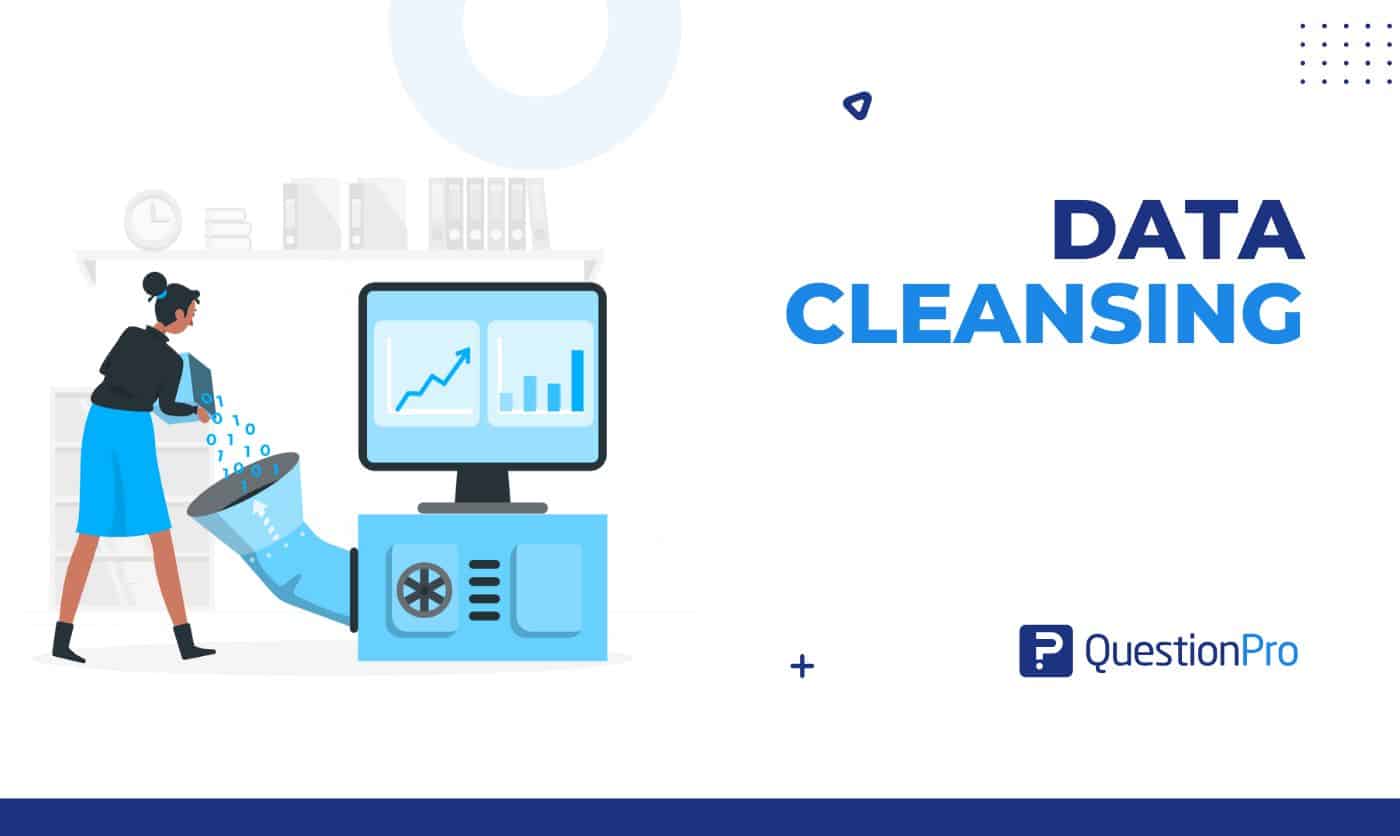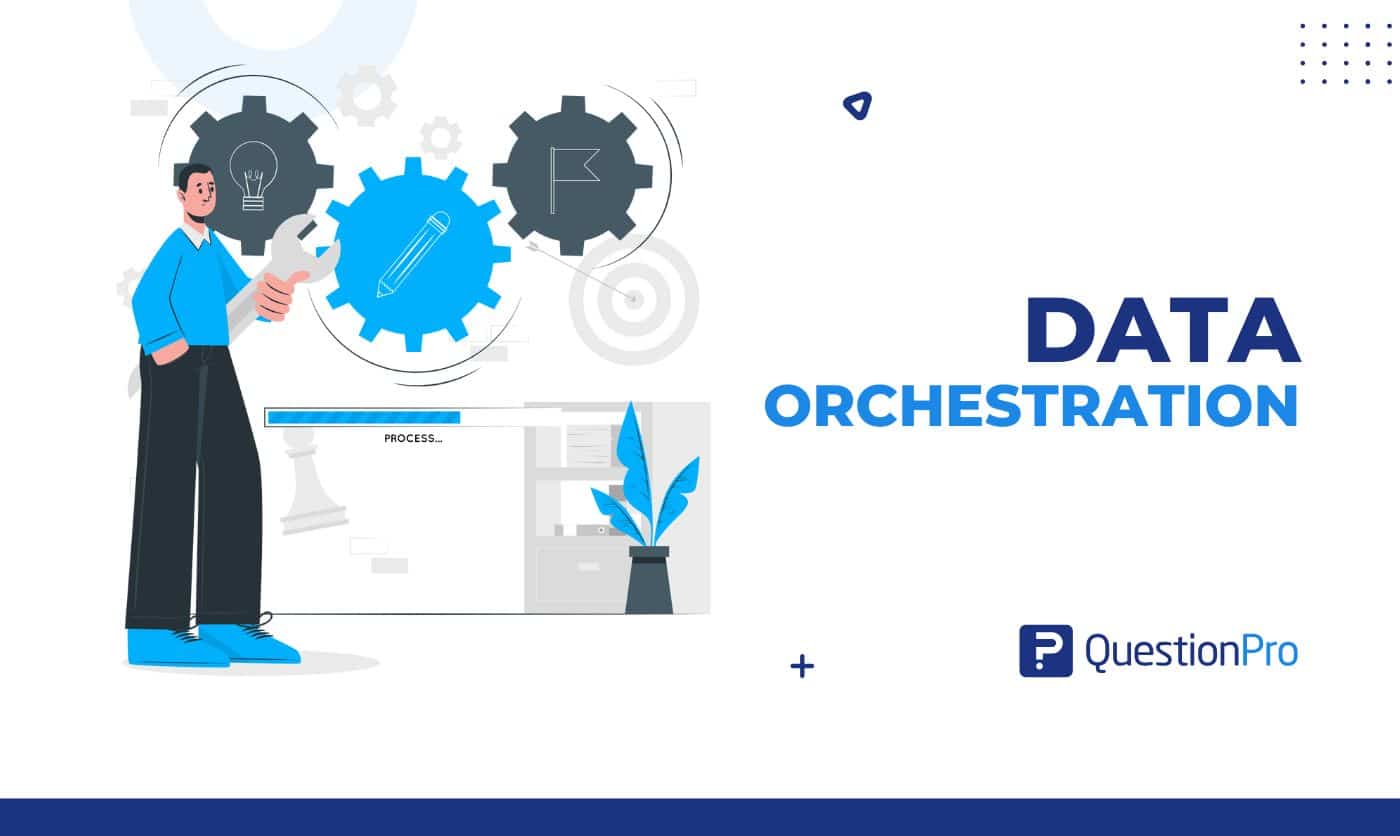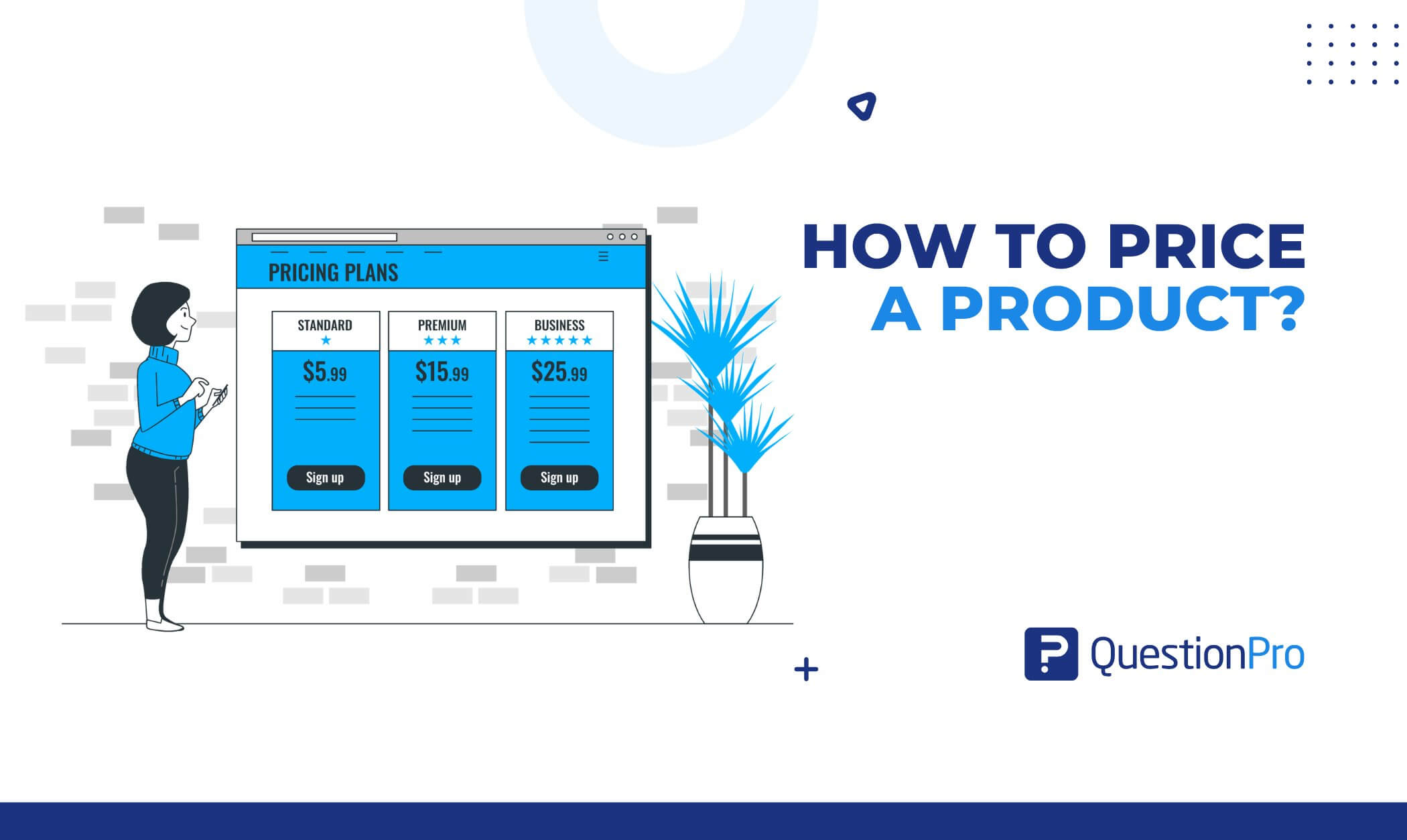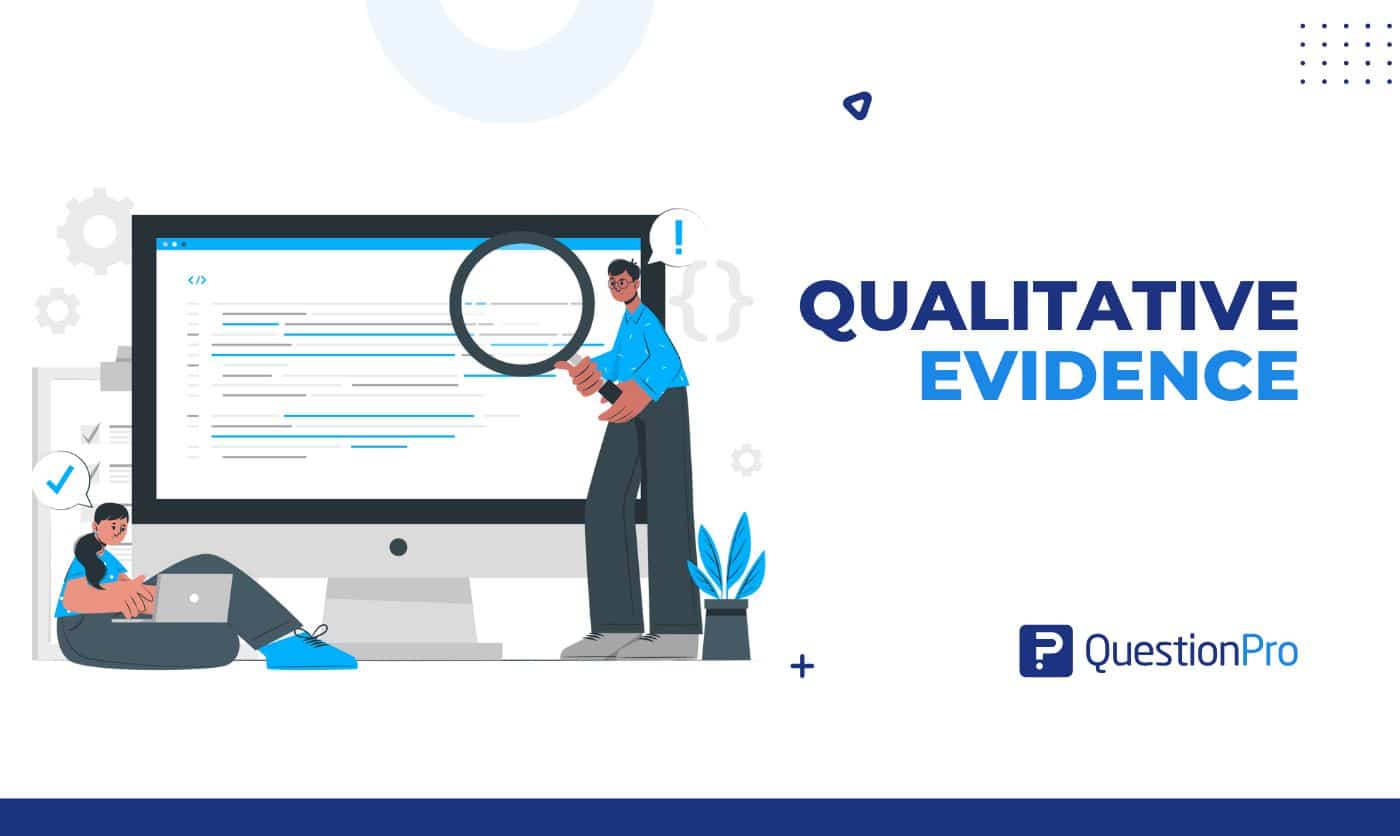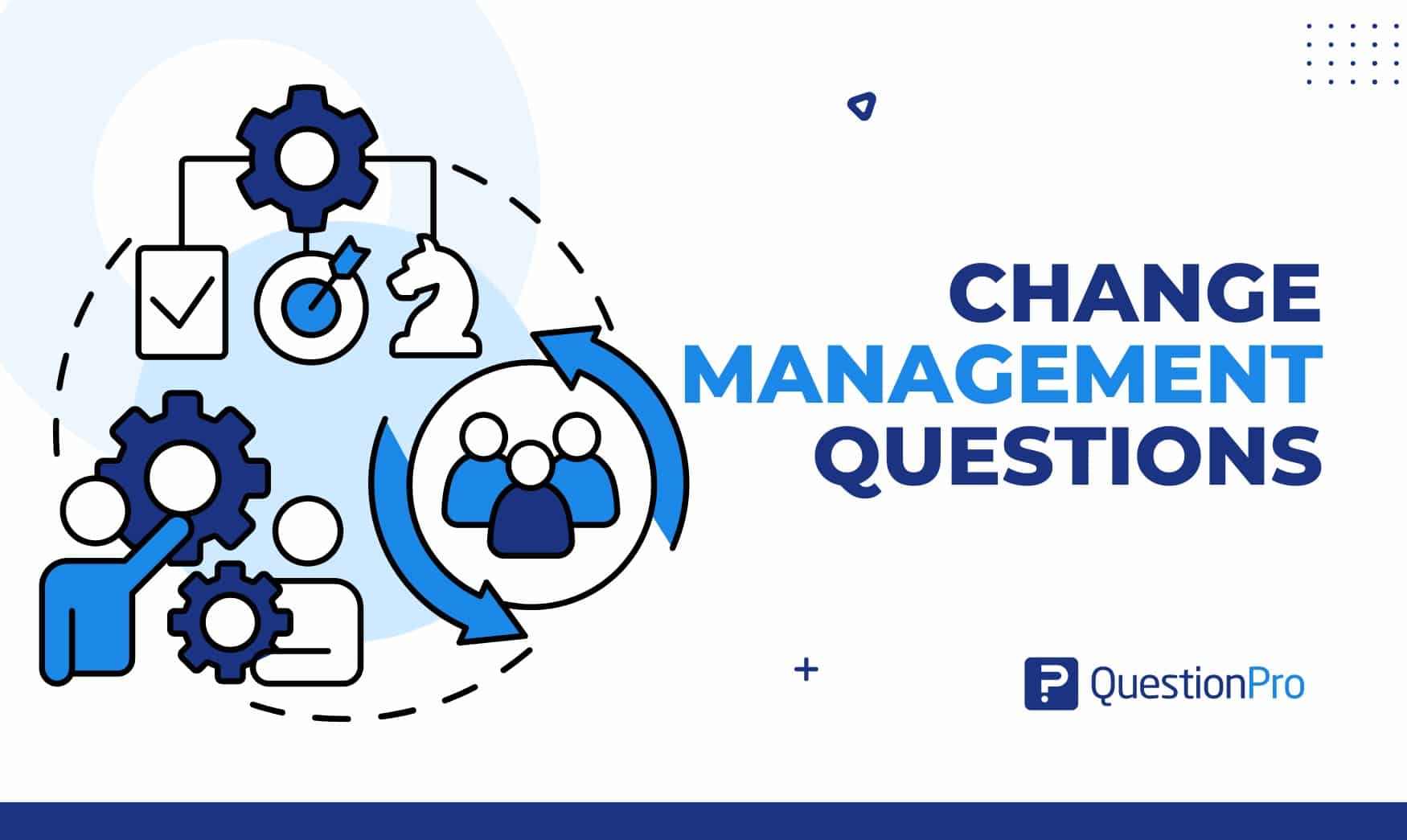
Change is a constant in the business world. Whether it’s adopting new technology, restructuring teams, or adjusting to market shifts, organizations are always evolving. But here’s the challenge—change isn’t just about deciding to do something differently; it’s about managing that process smoothly and effectively, which is where change management questions become crucial.
The secret to successful change lies in asking the right questions. Without them, you risk confusion, resistance, and failure. It’s like going on a road trip without a map—uncertain of where you’re going or how to get there. That’s what change feels like when you skip the essential questions. But when you ask the right ones, you gain clarity, define a clear path, and set your organization up for success.
In this blog, we will introduce you to the most important change management questions that will guide you through a successful transformation.
What Are Change Management Questions?
Successful change management refers to the structured approach used to prepare, support, and help individuals, teams, and organizations effectively undergo changes. Change management questions are targeted inquiries designed to assess how an organizational change is implemented and received.
These questions help understand employee readiness, communication effectiveness, and the overall impact of the change process. Change management questions are crucial for understanding how well organizational changes are being received and managed.
They help identify strengths and areas for improvement in the change process, ensuring a smooth transition and greater employee satisfaction. By asking these questions, organizations can make informed decisions, provide necessary support, and enhance the overall effectiveness of their change management strategies.
How to Design A Survey With Change Management Questions?
Designing a survey with change management questions can help you assess how well your organization handles a transition, understand employee sentiment, and identify areas for improvement.
A well-crafted survey can provide valuable insights into how change is perceived, whether it’s effective, and how it can be better managed. Here’s a step-by-step guide to designing a survey with change management questions:
1. Define the Survey’s Purpose
Before diving into the questions, clarify the goal of the survey. Ask yourself:
- What do you want to learn about the change process?
- Are you measuring employee attitudes, change readiness, or communication effectiveness?
- Will the survey focus on the overall impact of the change or its specific phases?
Understanding the survey’s purpose will help guide your question design.
2. Identify Key Stakeholders
Consider the people who will be affected by the change. Stakeholders may include employees, change managers, or even external partners. Each group may have different perspectives on the change process, so it’s important to include various questions that capture these views.
3. Choose the Right Types of Questions
Effective surveys use a combination of question types to gather comprehensive feedback. Use:
- Likert scale questions to understand employee agreement or disagreement with statements.
- Open-ended questions allow respondents to express their thoughts in detail.
- Multiple-choice questions for straightforward answers that require no elaboration.
- Rating scales to measure satisfaction, engagement, or confidence.
4. Structure the Survey into Key Sections
To ensure your survey is focused and covers all critical aspects of change, break it into sections. Here’s a suggested structure:
a. Readiness for Change
These questions assess how prepared employees feel for the upcoming or ongoing change.
Example questions:
- “On a scale of 1-5, how ready do you feel for the upcoming changes?”
- “Do you believe the change is necessary for the organization’s success? (Yes/No)”
- “What concerns, if any, do you have about the changes?”
b. Communication
Communication is key in any change management process. Ask questions to evaluate how well information has been shared:
- “How clear was the communication about the change’s goals and impact?”
- “Do you feel you received enough information to understand how the change affects your role?”
- “What could be improved in the way the change has been communicated?”
c. Support and Resources
Determine if employees feel they have the support they need to adapt:
- “Do you feel you have the necessary resources (training, tools, etc.) to adapt to the change?”
- “Has management been supportive in helping you navigate through the transition?”
- “What additional resources would help you during this change?”
d. Impact of Change
These questions help measure how employees perceive the changes and how they’re impacting their work:
- “How has this change affected your daily work? (Positively/Negatively/No Impact)”
- “Have you experienced any increase in workload due to the change?”
- “What benefits, if any, have you experienced from the change?”
e. Overall Satisfaction with Change
Assess how satisfied employees are with the change process overall:
- “On a scale of 1-10, how satisfied are you with how the change was handled?”
- “What do you think could have been done better in managing this change?”
- “Would you support similar changes in the future?”
5. Ensure Anonymity and Confidentiality
Employees are more likely to provide honest feedback if they know their responses are anonymous. Clearly communicate that survey results will be confidential and used to improve the change process, not to single out individuals.
6. Test the Survey
Before rolling out your survey, test it with a small group to ensure that the questions are clear, relevant, and easy to answer. This also helps to identify any technical issues with the survey platform.
7. Analyze and Act on the Feedback
Once the survey responses are in, analyze the data carefully. Look for patterns, common concerns, and areas where you can improve. Follow up on the feedback with concrete actions, and communicate the positive outcomes to your employees to show that their input is valued.
Top Change Management Questions to Ask
Here are the top change management interview questions you should ask to guide your team through any transition:
1. Why Is This Change Needed?
Understanding the “why” behind the change is essential. This question helps everyone grasp the reason for the shift and its importance. It’s not enough to say, “We need to change.” You need to explain:
- What is driving the change?
- Are we responding to market trends, customer feedback, or internal challenges?
- What will happen if we don’t make this change?
When people understand the purpose, they’re more likely to support the transition.
2. What Are the Goals of This Change?
Clear goals give direction. You need to know what you’re aiming to achieve with the change. Ask:
- What are the specific goals of this change?
- How will this benefit the company culture in the short and long term?
- Are we trying to improve efficiency, cut costs, or enhance customer satisfaction?
Well-defined goals help measure success and keep everyone focused on what matters most.
3. Who Will Be Affected by This Change?
Change doesn’t just impact the business; it affects the people working within it. It’s important to ask:
- Who will be directly impacted by this change?
- How will different teams or individuals be affected?
- Are there concerns among employees about this change?
By understanding who the change touches, you can anticipate concerns, manage resistance, manage change, and offer the right support.
4. How Will This Change Be Communicated?
Communication is critical to the success of any change. Without it, misunderstandings and confusion can arise. Ask:
- What’s the best way to communicate this change to everyone involved?
- How often will updates be provided?
- What tools (emails, meetings, etc.) will we use to share information?
A clear communication plan ensures that everyone knows what’s happening, why it’s happening, and what’s expected of them.
5. What Resources Do We Need for This Change?
For change to be successful, you need the right resources in place. Ask:
- What budget, time, or manpower is needed to implement this change?
- Do we have the necessary tools and technology to support this shift?
- Will employees need additional training or support to adapt to the changes?
Planning resources ahead of time helps prevent delays and ensures that the team is prepared for the transition.
6. What Are the Potential Risks and Challenges?
No change comes without risks. Identifying challenges early can help you prepare for them. Ask:
- What obstacles might we face during this change process?
- Are there any risks to employee morale or productivity?
- How can we minimize disruptions or resistance?
By acknowledging risks, you can plan ahead and tackle problems before they escalate.
7. How Will Success Be Measured?
If you don’t know what success looks like, it’s hard to know if the change works. Ask:
- How will we track the progress of this change?
- What metrics or key performance indicators will we use to measure success?
- How often will we review the outcomes and make adjustments?
Defining success upfront helps you stay on course and make informed decisions during the change process.
8. How Will Feedback Be Collected?
Feedback is crucial for understanding how the change is being received and what can be improved. Ask:
- How will we gather feedback from employees during and after the change?
- What channels (surveys, meetings, etc.) will we use to get input from the team?
- How will feedback influence the change process moving forward?
Being open to employee feedback allows you to make necessary adjustments and ensure that the change benefits everyone involved.
9. What’s the Timeline for This Change?
Having a clear timeline keeps everyone on track. Ask:
- When does this change need to be completed?
- What are the key milestones along the way?
- How will we handle any delays or roadblocks?
A well-thought-out timeline helps manage expectations and keeps the change project moving forward.
10. How Will We Sustain the Change?
Once the change is implemented, you need to ensure it sticks. Ask:
- What steps will we take to make sure the change is sustainable?
- How will we reinforce new habits or new processes?
- What ongoing support will employees need to maintain the change?
Sustaining the change is just as important as implementing change. Long-term success requires continuous effort and adaptation.
How to Create a Change Management Survey With QuestionPro?
Creating a change management survey with QuestionPro involves several steps to ensure that you gather valuable insights about how employees are experiencing and adapting to changes within your organization. Here’s a guide with change management skills to guide you in designing an effective change management survey using QuestionPro:
1. Pre-Built Survey Templates
For those new to survey design, QuestionPro offers pre-built templates tailored to various business needs, including employee feedback and change management. These templates can be customized to fit the specific goals of your change management process, saving you time and effort.
2. Diverse Question Types
QuestionPro provides various question types to gather comprehensive feedback. These include:
- Likert scales for measuring employee attitudes toward change.
- Open-ended questions for collecting detailed feedback.
- Multiple-choice and rating scales to evaluate employee readiness, communication, and support during the change process.
These options allow for diverse responses, helping you get deeper insights into how employees perceive the change.
4. Customization Options
You can easily customize the survey to match your company’s brand or specific needs. Adjust the design by adding logos, changing colors, and selecting fonts. This personalization makes the survey more engaging for employees.
5. Anonymity & Confidentiality
QuestionPro enables anonymous surveys, ensuring employees feel safe sharing honest feedback. This anonymity encourages more accurate and truthful responses, especially in a sensitive change management process.
6. Logic and Branching
QuestionPro offers advanced survey logic, such as skip logic and branching, to create a tailored experience for respondents. For example, if an employee indicates they don’t fully understand the change, the survey can direct them to additional questions about communication, helping gather more relevant data.
7. Multi-Device Accessibility
Surveys designed in QuestionPro are automatically optimized for any device. This ensures that employees can take the survey on their desktops, tablets, or smartphones, increasing response rates and making it easier for employees to participate at their convenience.
8. Real-Time Data Analytics
Once the survey is launched, QuestionPro provides real-time analytics so you can monitor responses as they come in. The platform offers visual dashboards, reports, and insights to analyze employee feedback and measure the impact of the change.
9. Custom Reporting and Data Export
QuestionPro makes it easy to generate custom reports or export the data for further analysis. You can filter responses by department, team, or role, allowing you to pinpoint specific areas of concern or success. The reports can then be shared with leadership to guide decision-making.
10. Follow-Up Surveys
With QuestionPro, you can schedule follow-up surveys to track how employees’ attitudes change over time. This feature is especially useful in change management to monitor progress and make any necessary adjustments as the change process continues.
Conclusion
Asking the right change management questions throughout the process is the key to ensuring that transformations are successful and sustainable. By addressing the goals, stakeholders, resources, risks, and success metrics, organizations can better navigate the complexities of change. Moreover, clear communication and a focus on sustaining the change will help reinforce new systems or behaviors, ensuring long-term success.
QuestionPro simplifies the process of designing an effective change management survey. With customizable templates, diverse question options, real-time analytics, and confidentiality features, you can create surveys that gather actionable feedback and lead your organization through successful transitions.
Are you ready to implement change? Start by asking these questions to set your organization up for success.




